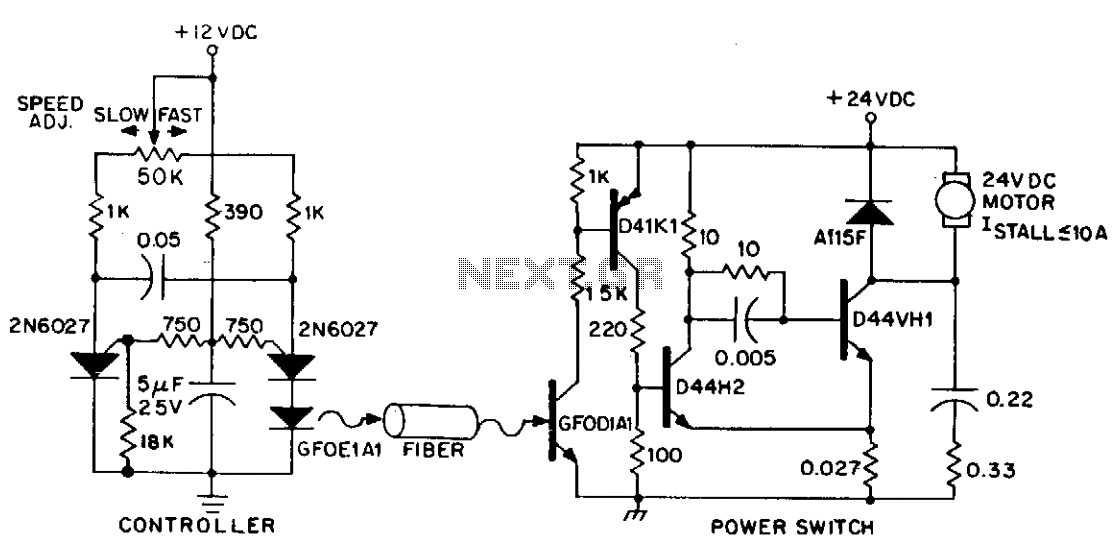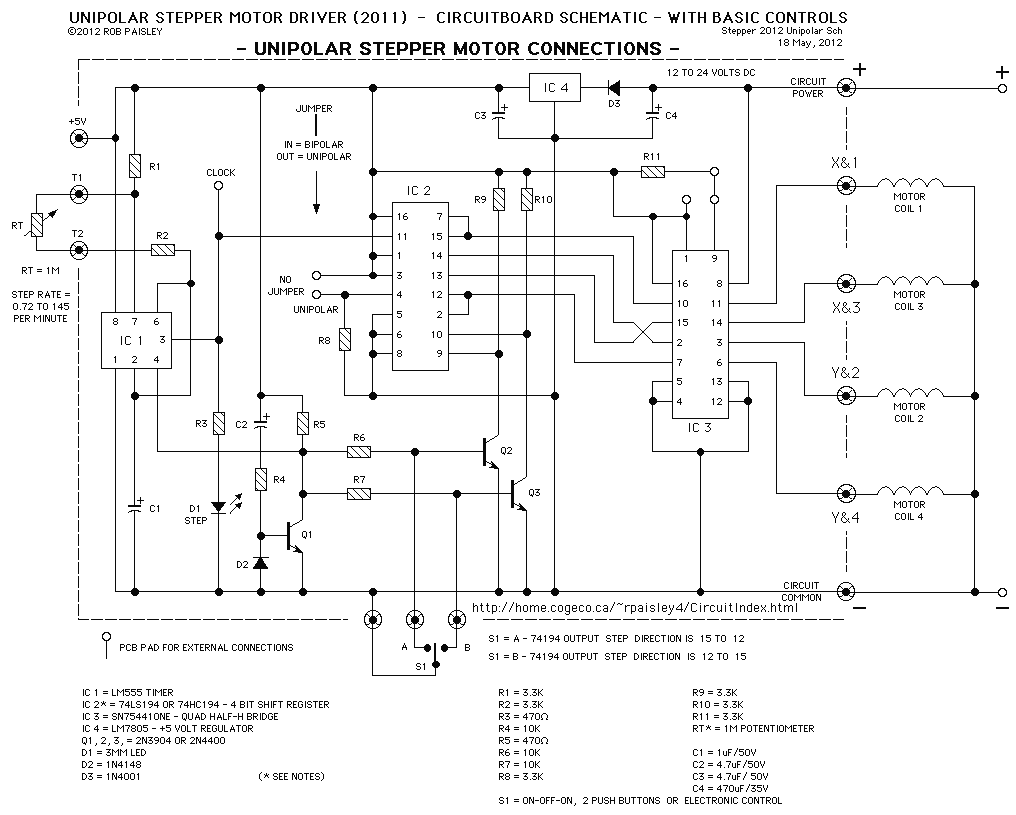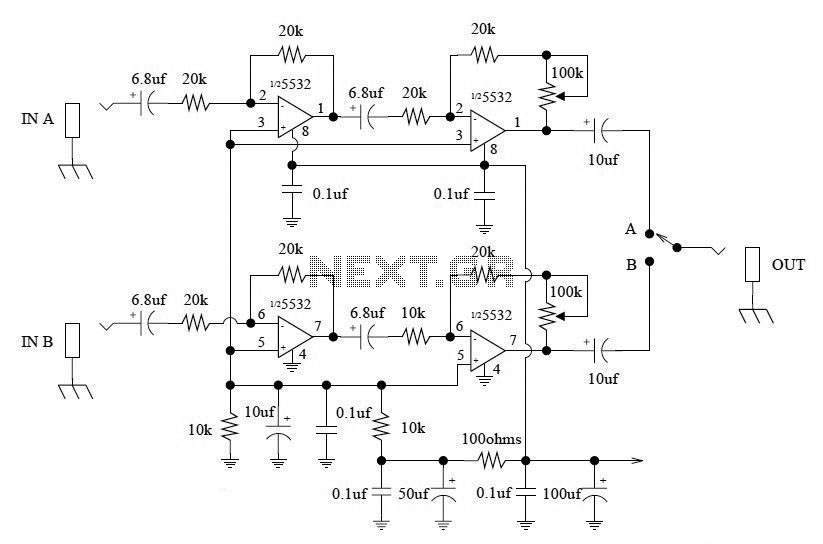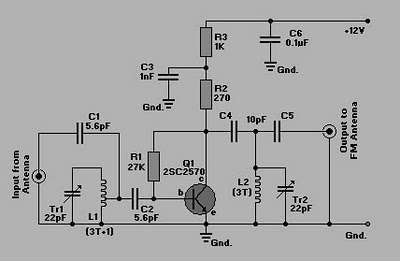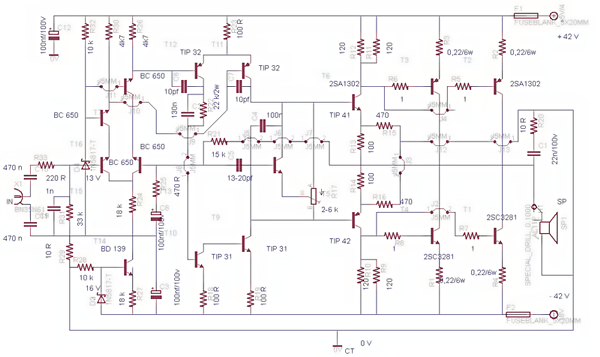
Music Driven Motor Schematic

Music Driven Motor Schematic. The geared motor drives the stem of a dancing flower to the beat of music.
The music-driven motor schematic involves a geared motor that is activated in response to sound signals, specifically music. This design typically incorporates a sound sensor, which detects the amplitude of the music and converts it into an electrical signal. The output from the sound sensor is then processed to control the geared motor, allowing it to move in sync with the rhythm of the music.
Key components of the schematic may include a microcontroller or an operational amplifier to filter and amplify the sound signals, ensuring that only the desired frequencies are used to drive the motor. A pulse-width modulation (PWM) technique can be employed to adjust the speed and movement of the motor, enabling it to create dynamic motion that mimics the dancing flower's movement to the beat.
The geared motor is selected based on the required torque and speed to effectively move the flower stem. The mechanical linkage between the motor and the flower stem must be designed to allow for smooth and responsive motion. Additionally, power supply considerations are essential to ensure that the motor receives adequate voltage and current for operation, which may involve the use of a battery or an external power source regulated by a power management circuit.
Overall, this schematic represents an innovative application of electronics in creating interactive and engaging displays, merging art and technology through responsive motion.Music Driven Motor Schematic. The geared motor drive the stem of a dancing flower to beat of music.. 🔗 External reference
The music-driven motor schematic involves a geared motor that is activated in response to sound signals, specifically music. This design typically incorporates a sound sensor, which detects the amplitude of the music and converts it into an electrical signal. The output from the sound sensor is then processed to control the geared motor, allowing it to move in sync with the rhythm of the music.
Key components of the schematic may include a microcontroller or an operational amplifier to filter and amplify the sound signals, ensuring that only the desired frequencies are used to drive the motor. A pulse-width modulation (PWM) technique can be employed to adjust the speed and movement of the motor, enabling it to create dynamic motion that mimics the dancing flower's movement to the beat.
The geared motor is selected based on the required torque and speed to effectively move the flower stem. The mechanical linkage between the motor and the flower stem must be designed to allow for smooth and responsive motion. Additionally, power supply considerations are essential to ensure that the motor receives adequate voltage and current for operation, which may involve the use of a battery or an external power source regulated by a power management circuit.
Overall, this schematic represents an innovative application of electronics in creating interactive and engaging displays, merging art and technology through responsive motion.Music Driven Motor Schematic. The geared motor drive the stem of a dancing flower to beat of music.. 🔗 External reference
